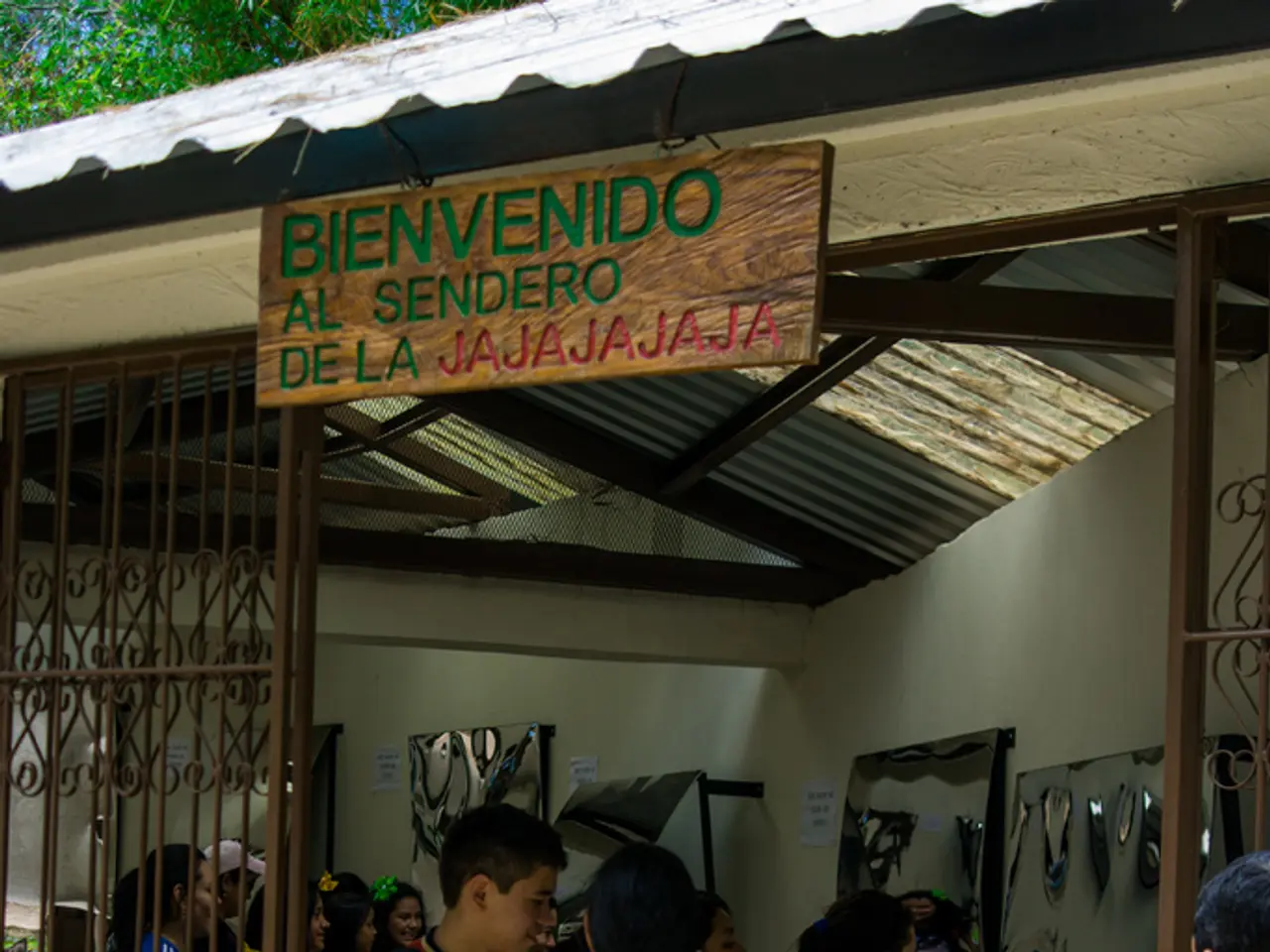Sowing the Foundations for Self-Governing Farming
In the rapidly evolving world of agriculture, autonomous technologies are taking centre stage, with a focus on driverless tractors, remote monitoring, and GPS guidance systems. These advancements, powered by AI, machine learning, advanced sensors, and connectivity tools, are revolutionizing farming practices.
Leading the charge is the Case IH Robotti unit, a driverless tractor set to launch in the spring of 2017. This innovative machine, priced at 61,300 euros, is equipped with radar, LIDAR, and onboard video cameras to detect stationary and moving obstacles in its path. In the event of an obstacle, it will halt, sending audio and visual alerts to the operator, who can then assign it a new path. The tractor's fully interactive interface allows for remote monitoring of pre-programmed operations, such as tillage depth control, and jobs can be changed remotely in response to weather warnings.
The Robotti unit is a four-wheel drive tractor with a track width of up to four meters. It can run for seven hours nonstop and can be supervised and adjusted trajectories via a desktop computer or tablet, from a distance of one kilometer. Further development work is underway to enable the Robotti unit to spray pesticides, carry out rotavator work, and potentially harvest crops.
Remote monitoring in agriculture is also seeing significant advancements. Combining drones, IoT sensors, and 5G connectivity, innovations like AI-powered drone imagery analysis distinguish weeds from crops, enabling targeted herbicide applications. In livestock farming, IoT collars and ear tags monitor animal behavior and health conditions remotely, improving conception rates and disease prevention. Projects like the UK’s 5GRIT utilize 5G to transmit data swiftly from drones surveying large pastures, improving accuracy in livestock detection and health assessments.
GPS guidance systems underpin the precision of autonomous agricultural machinery. They enable driverless tractors to optimize route planning, fuel use, seed planting, and fertilization with high accuracy. This precision supports sustainable farming practices by reducing input waste and environmental impact. The integration of GPS with AI and sensor data allows dynamic adaptation to field conditions, ensuring operations are efficient and minimal in resource use.
One such GPS system is Grass-Guide, developed by Sixty-5. It guides farmers spreading fertilizer or pesticides, using the latest NovAtel GPS/Glonass Agstar satellite receiver and connecting to modern implements like fertilizer sowers.
The convergence of AI, robotics, GPS, and connectivity forms the backbone of modern autonomous farming, aiming to address labor shortages, increase productivity, and promote sustainable agriculture. These advancements collectively enhance farm efficiency, reduce labor dependence, and support the growing global food demand sustainably.
For instance, Danish company Agrointelli has developed Robotti, a modular implement carrier destined for use in row crop farming, with a capacity of 750 kg. This innovation, along with the Case IH Robotti unit, represents the future of farming—one that is autonomous, efficient, and sustainable.
- In the realm of environmental science and climate-change studies, smart-home devices and gadgets equipped with AI, machine learning, and advanced sensors are being leveraged to monitor and assess changes in the earth's climate.
- As the finance industry continues to evolve, economists are increasingly investing in and analyzing the sustainability potential of the technology-driven agricultural revolution, recognizing the significant benefits it offers to the environment and the potential for long-term profitability.
- The laboratory setting has become crucial in the development and testing of new agricultural technologies, as scientists continue to refine and improve upon smart-home devices and systems, such as the Robotti unit, to ensure their optimal functionality and environmental impact.
- Industrial sectors, including the technology industry, are capitalizing on the rise of autonomous farming, investing in the research and development of innovative solutions like AI-powered drone imagery analysis for crop management, smart gadgets, and connected devices to improve farming practices for a more sustainable future.
- The advancements in autonomous agriculture have led to the adoption of GPS systems like Grass-Guide, developed by Sixty-5, in various aspects of farming, including pesticide and fertilizer application, as part of a broader effort to create a more technologically-driven, efficient, and sustainable farming industry.




